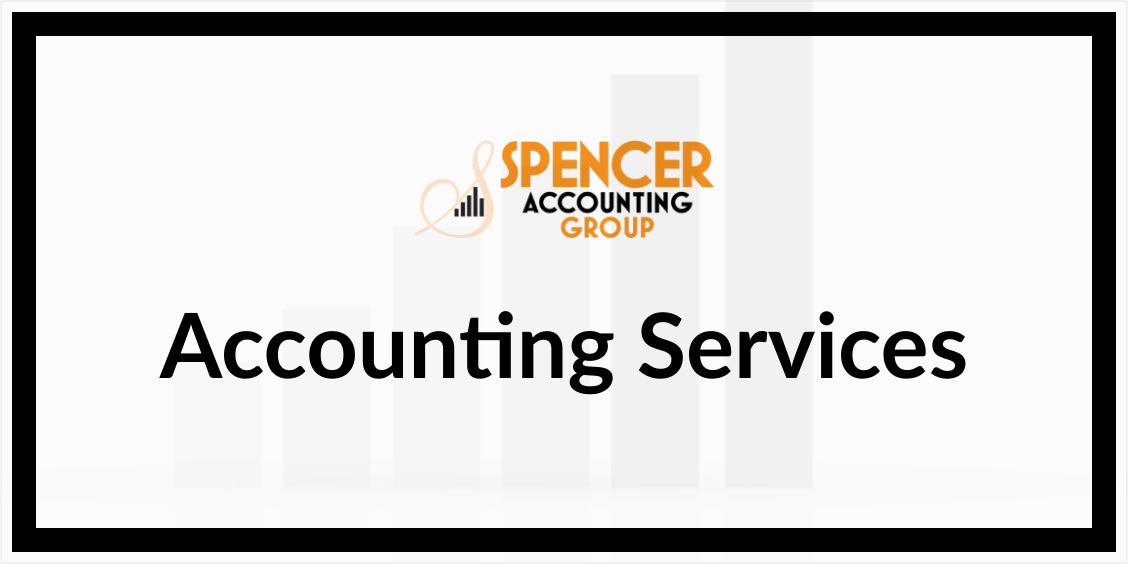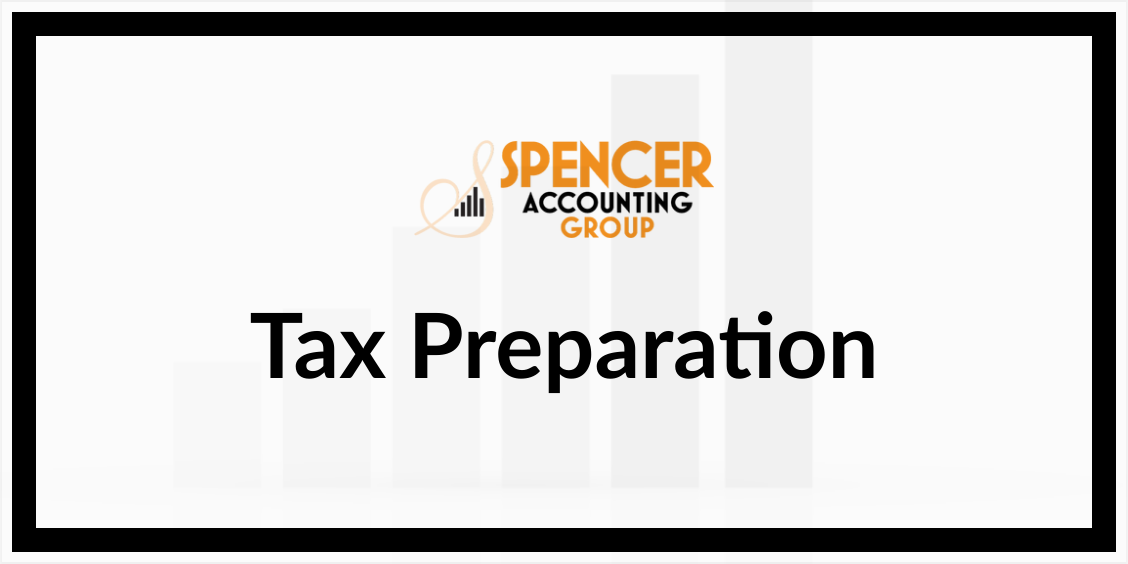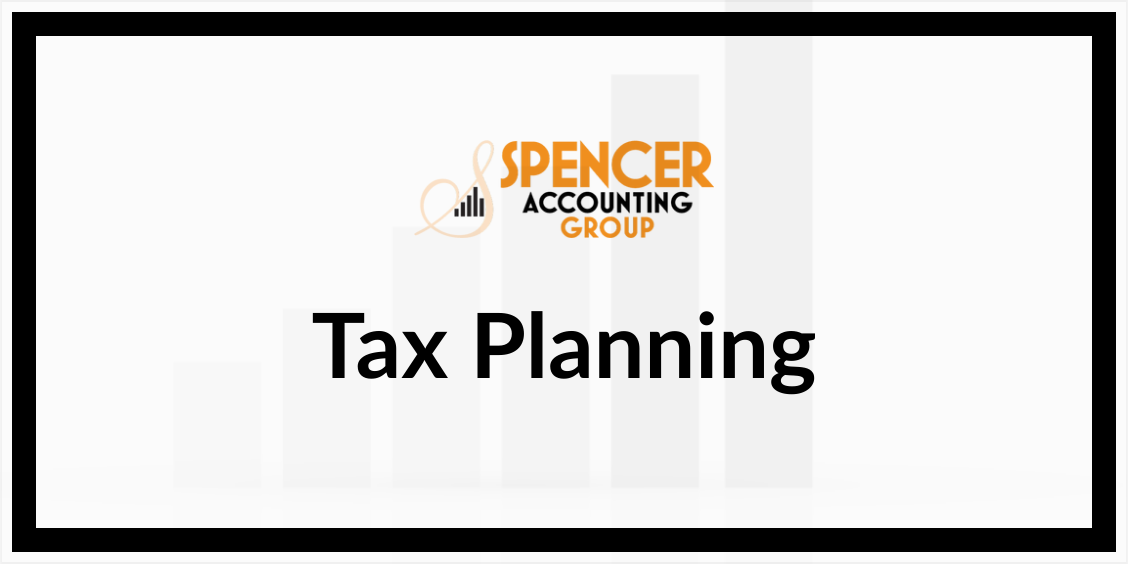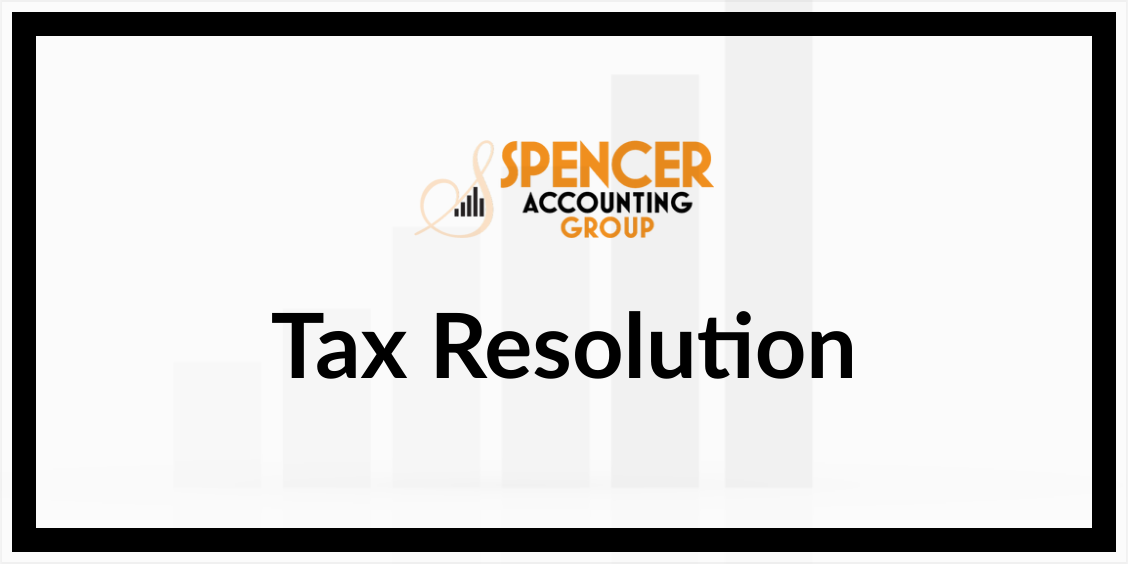|
When you are self-employed with no employees, the payroll protection program (PPP) program is a COVID-19 gift designed to help you get through this pandemic. If you now have your PPP funds, we identified nine insights for you. 1. Do I Have to Spend the Paycheck Protection Program (PPP) Loan Proceeds? Yes, it appears so. The instructions for line 9 of Schedule A for the U.S. Small Business Administration’s (SBA) Form 3508 PPP forgiveness application state: Line 9: Enter any amounts paid to owners (owner-employees, a self-employed individual, or general partners). This amount is capped at $15,385 (the eight-week equivalent of $100,000 per year) for each individual or the eight-week equivalent of their applicable compensation in 2019, whichever is lower. Note the word “paid.” Example. Sam shows 2019 Schedule C net profits of $100,000 and obtains a PPP loan of $20,833. By the SBA interim final rule, his payroll forgiveness amount is $15,385 based solely on his 2019 Schedule C. Sam maintains both business and personal bank accounts. Sam deposits the $20,833 into his business account. During Sam’s eight-week covered period, he takes $15,385 out of his business account and puts it in his personal account. Presto, he has satisfied the “paid” requirement that you see on line 9 of the loan forgiveness application. We don’t know that Sam had to satisfy the “paid” requirement of line 9, but we do know that Sam can sleep better now. 2. Should I Put the Loan Proceeds in a Separate Bank Account? With a separate bank account from which you use the PPP loan proceeds, you can create a pretty perfect paper trail as to the use of the proceeds. From a practical standpoint, you should be able to use your existing accounting methods to prove the use of the PPP loan proceeds. But the idea of a separate PPP account and the creation of a “pretty perfect paper trail” has much to say for itself. 3. When Do My Eight Weeks Begin? According to the latest interim guidance and consistent with SBA Form 3508, with no employees, your eight weeks begin on the date the lender disburses the funds to you. You would have an alternate date possibility if you had employees on a W-2 payroll. 4. Can I Claim Forgiveness for the Business Interest and Utilities Percentage I Pay for My Home Office? Yes. When you claim the home-office deduction on your Schedule C, it reduces the net profits from your business. In other words, the home-office deduction is a business deduction. Under the current loan forgiveness rules, your non-payroll PPP loan forgiveness amount (limited to a maximum of 25 percent of total forgiveness) may include the following during your eight-week covered period:
To put this in perspective, you need both the home (rented or owned) and the home office in place before February 15, 2020. 5. What Is a Transportation Utility? We have not seen from the SBA or the Department of the Treasury an official definition of a “transportation utility” with respect to the PPP loan process. The Federal Highway Administration’s Center for Innovative Finance Support says: Transportation utility fees are a financing mechanism that treats the transportation system like a utility in which residents and businesses pay fees based on their use of the transportation system rather than taxes based on the value of property they occupy. The definition above is what we think the SBA and the Department of the Treasury are thinking of. 6. How Does the 75 Percent Work? When you file Schedule C and have no employees, your minimum loan forgiveness amount under the 75 percent rule is straightforward. Take your Payroll amount and divide by 0.75. Example 4. Your PPP loan is $20,833. Your deemed Schedule C payroll to yourself is $15,385.
Say you meet the paid rule and spend $4,000 on interest and utilities; your loan forgiveness amount is $19,385 ($15,385 + $4,000). You can let the unforgiven $1,448 ($20,833 - $19,385) continue as a 1 percent interest loan for two years from the date of the loan or you can pay it off during this time frame with no prepayment penalties. 7. What If I Have Employees?
With employees, the calculation of how you qualify for your personal portion of loan forgiveness is unchanged. But you have to make a number of calculations to figure the forgiveness you receive because of your employees. 8. New, Easier PPP Forgiveness Coming Your Way On Thursday, May 28, the U.S. House of Representatives approved the Paycheck Protection Program Flexibility Act of 2020 by a vote of 417-1. This bill or something similar will be enacted in June to make it easier for all PPP borrowers to qualify for PPP loan forgiveness. Here are some highlights from this bill:
9. PPP Money Still Available; Apply Now As of 5:00 p.m. Eastern Time on Friday, May 29, the SBA had approved 4.3 million PPP loans totaling $510.2 billion. The Journal of Accountancy reports that a total of $138 billion remained available in PPP funding as of May 23. That means that there is money available today. If you have not applied, do it now. If you need our assistance with either the PPP loan or forgiveness, we are here to be of service. Contact us.
0 Comments
Leave a Reply. |
We're Here to HelpGet advice from our experienced network of financial managers. If you Value our Blog, We have an ask.We spend hours researching data to help you understand your finances and taxes, including historical context, issues, and solutions. Our goal is to empower people to improve their relationship with money. Please consider a $3 donation today. Important Disclosures
Spencer Accounting Group, LLC does not provide investment, tax, legal, or retirement advice or recommendations in these blogs. The information presented here is not specific to any individual's personal circumstances. AuthorKeana Spencer is an Accountant, Entrepreneur, and Educator to her clients, with a strong passion. Keana has over 10 years of experience and through her practice, she is a source of knowledge and strategies to her clients. |

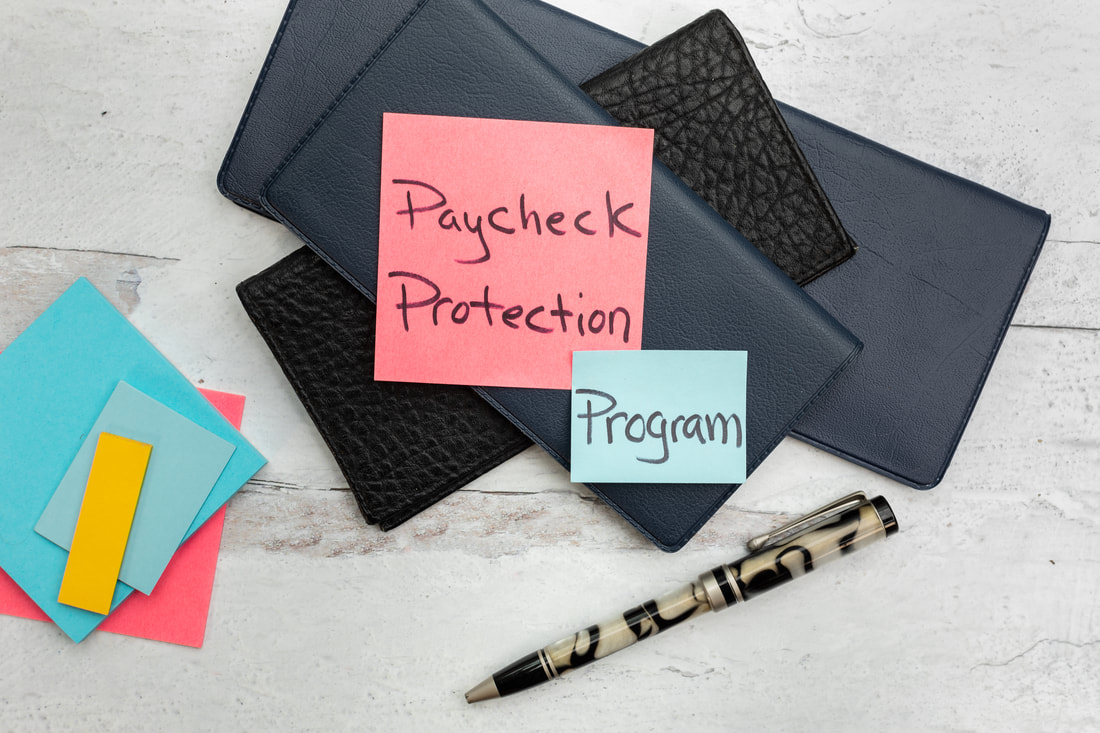
 RSS Feed
RSS Feed
